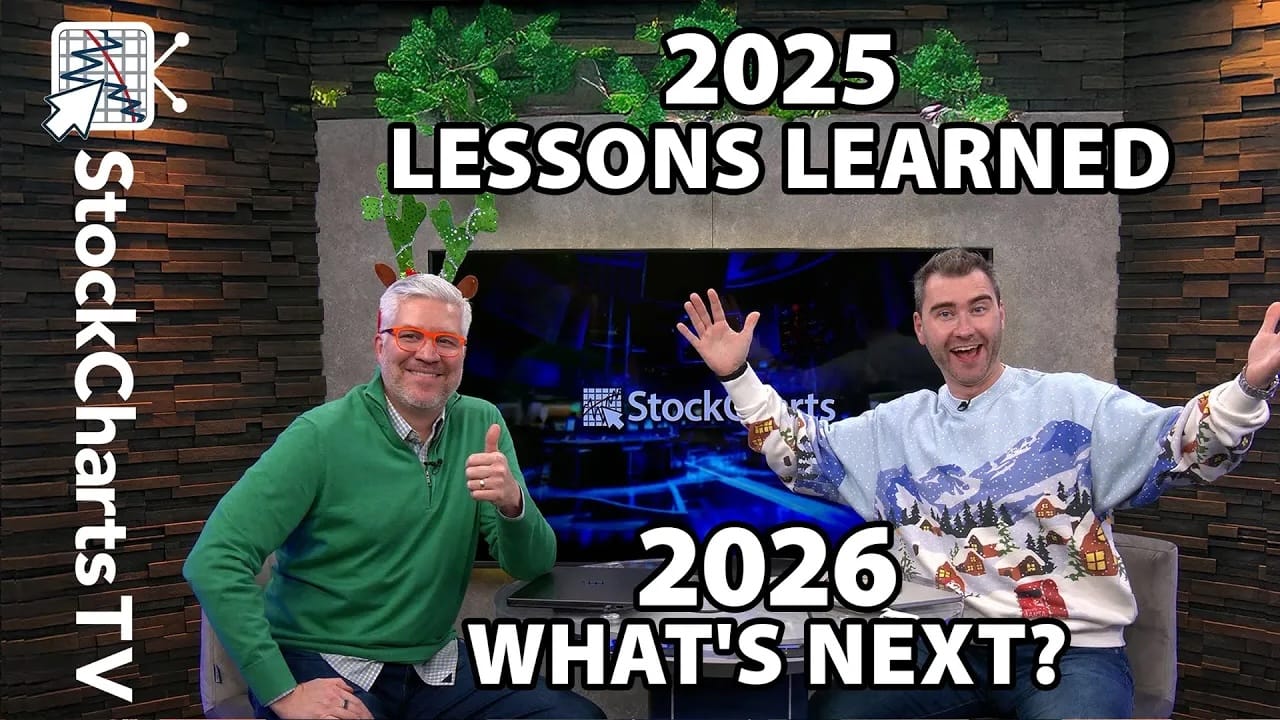RESIDENTIAL REITS HELP LEAD GROUP TO NEW HIGHS -- APARMENT REIT LEADERS INCLUDE AVALONBAY, CAMDEN PROPERTY, AND EQUITABLE RESIDENTIAL PROPERTIES
RESIDENTIAL REITS LEAD GROUP HIGHER... My Thursday message showed the Vanguard REIT VIPERS (VNQ) in the process of challenging its yearly high. Chart 1 shows the VNQ hitting a new record high on Friday. The rising relative strength ratio (above chart) show that REITS have been outperforming the S&P 500. I also mentioned that apartment REITS were in a particularly strong position because of rising rents. A check of the Sector Summary rankings shows that the Dow Jones US Residential REITS Index (DJUSRN) was the top REIT category for the past week. Residential REITs deal mainly with apartment rentals. Chart 2 shows that index also hitting a new high on Friday. Several stocks in that category also hit new highs.

(click to view a live version of this chart)
Chart 1

(click to view a live version of this chart)
Chart 2
RESIDENTIAL REIT LEADERS ... Three stocks in the residential REIT category were also market leaders this week and hit record highs. They include Avalonby Communities (AVB), Camden Property Trust (CPT), and Equity Residential Properties (EQR). The charts show all three apartment-related REITs hitting new highs. REITs in other categories hit new highs as well -- including Public Storage (PSA), Ventas (VTR), HCP, and Boston Properties (BXP),

(click to view a live version of this chart)
Chart 3

(click to view a live version of this chart)
Chart 4

(click to view a live version of this chart)
Chart 5
REITS BENEFIT FROM FALLING BOND YIELDS... Thursday's message stressed the defensive characteristics of REITs. Part of their defensive rating stems from their historically low correlation with the rest of the stock market. Another is that they pay relatively high dividends. That makes REITs especially attractive with bond yields at record lows. To make that point, Chart 6 compares a "ratio" of REITs to the S&P (brown line) to the 10-Year T-Note Yield (green line). The two lines have been trending in opposite directions over the last eighteen months. Notice in particular that the last three peaks in the bond yield (green arrows) were accompanied by an upturn in the REIT relative strength ratio -- the last one starting in mid-March. Falling bond yields force investors to look elsewhere for yield. The fact that REITs pay relatively high dividends (3.60% for the VNQ) make them an especially attractive option. That's even more true in an uncertain stock market environment.

(click to view a live version of this chart)
Chart 6
FOREIGN STOCKS BOUNCE OFF CRITICAL SUPPORT... This week's late bounce in U.S. stocks needs to be put into perspective with what's happening elsewhere on the globe. Chart 7 plots the Vanguard FTSE All-World ex-US Index (VEU). I've expressed concern in previous messages about the possibility that the VEU could be tracing out a "head and shoulders" top extending back to the start of 2010. [A H&S top shows three peaks, with the middle peak (the head) higher than the two surrounding shoulders]. The chart shows those three prominent peaks with the last one forming this spring. A "neckline" drawn under the reaction lows becomes a very important support line. It has to hold to prevent a more serious breakdown. The good news is that so far it's holding (third arrow). Chart 8 compares the VEU (blue line) to a much stronger chart for the S&P 500 (purple line). The U.S. market has been much stronger than foreign stocks this year. The U.S. market, however, is still highly correlated to foreign stocks as shown by the three-month correlation coefficient below the chart. In other words, the U.S. market can't rise by itself. It's going to need help from foreign stocks. The staying power of that foreign upturn is still very much in doubt.

(click to view a live version of this chart)
Chart 7

(click to view a live version of this chart)
Chart 8
SHANGHAI INDEX TESTS JANUARY LOW... A big wild card for global stocks is the state of the Chinese economy. As is usually the case, one of the best ways to measure that is to track its stock market. Unfortunately, the news hasn't been good. Chart 9 shows the Shanghai Stock Exchange Index (SSEC) falling throughout the last eighteen months. Chinese weakness is bad for global growth (stocks) and global commodities. While the trend has been clearly down in Chinese stocks, it's worth noting that the SSEC is in the process of retesting its January low. That puts it in a potential support area. But it has to start rising from that previous low to improve its chart outlook. It would have to exceed its 2012 high to turn its trend back up again. It's a long ways from doing that. Any bounce from this area, however, might lend some much needed support to global stocks and commodities. The solid area shows how closely the CRB Index of commodity markets has tracked falling Chinese stocks since the start of 2010. China is world's biggest buyer of commodities. The fate of many of those commodities rests with the strength of the Chinese economy and stock market.

(click to view a live version of this chart)
Chart 9
COPPER AND CRUDE TEST IMPORTANT SUPPORT... Two key commodities are also in the process of testing important support levels. Chart 11 shows copper starting to bounce of its "neckline" drawn under 2010 and 2011 lows. Copper is the most economically sensitive commodity of all and is closely tied to the trend of the global economy and stocks. It also resembles the chart of foreign stocks in Chart 7. It's trying to bounce off that support line which is encouraging. It still needs to clear its 2012 high (green line), however, to turn its trend back up again. Another key commodity testing important support is oil. Chart 11 shows crude oil testing its October low. That's a big test. If oil is going to stop its 2012 slide, this is where it has to do it. Any substantial drop below that previous low would be very negative. The current theme running through all of the charts shown herein is that a number of global stocks and commodities are testing very important support levels. Their ability to hold above those support levels will help determine if things start to improve or get a lot worse. The direction of key commodities like copper and oil may also impact the direction of global stocks.

(click to view a live version of this chart)
Chart 10

(click to view a live version of this chart)
Chart 11
STOCKS ALSO NEED HELP FROM STRONGER COMMODITIES... Although commodities have done a lot worse than stocks this year, the two asset classes are still highly correlated. Chart 12 compares the S&P 500 (blue line) to the CRB Index (solid matter) since the start of 2011. Every downturn in commodity prices during those eighteen months has either coincided with a stock downturn or led to one (see arrows). A recent uptick in commodity prices (see circle) has concided with a stock rebound (although a lot of that CRB strength is coming from surging grain prices resulting from a midwest drought). The chart still seems to suggest, however, that weakness in commodities weighs on stocks. The 60-day Correlation Coefficient (below chart) shows a positive correlation of .78. That means that stocks need a stronger commodity climate to continue rising. The most important ones to watch are economically-sensitive ones like copper and oil. Gold (not shown) is testing last December's low at $1525. Add gold to the list of markets at a critical support point.












